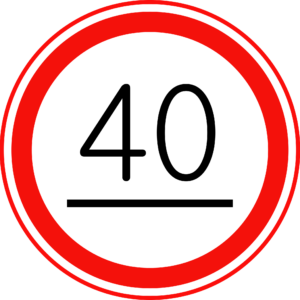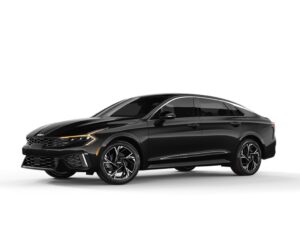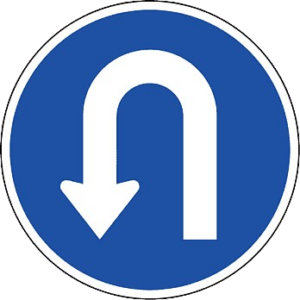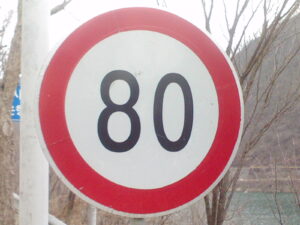Renting a car in Korea: EVERYTHING you need to know!
Requirements:
- International Driving Permit (IDP): Essential for foreign drivers.
- Passport: For identification purposes.
- Credit Card: For payment and deposit.
- Age: Most rental companies require drivers to be at least 21 years old and have one year of driving experience.
Car Rental Service:
https://www.koreaetour.com/product/car-rental-service/
Car type: Kia K5
Capacity: 5 PAX (For more than 6 PAX, please contact us by email.)
This service allows you to tour on your own with a comfortable car.
Understanding Korean traffic signs:
Korean traffic signs are quite similar to those in many Western countries, with a few exceptions:
- Regulatory signs: Typically circular with red borders indicating prohibitions (e.g., speed limits, no U-turn).
- Warning signs: Usually triangular with red borders, warning about potential hazards (e.g., curves, pedestrian crossings).
- Guide signs: Rectangular and blue or green, providing directions and distances.
- Information signs: Often rectangular and blue, providing useful information like road conditions.
- GPS systems: Most rental cars come with a GPS system. You can switch the language to English.
- Mobile apps: Google Maps is useful, but Naver Map and KakaoMap are more accurate and widely used locally.
- Destination input: Enter destinations using Korean addresses or phone numbers for better accuracy.
Fueling your car:
- Types of fuel: Gasoline (휘발유), Diesel (경유), and LPG.
- Self-service stations: Increasingly common, follow instructions on the screen which often have an English option.
- Full-service stations: Attendants will fill up for you.
- Payment: Most stations accept cash, credit cards, and sometimes mobile payments.
 Hi-Pass system (Electronic toll collection):
Hi-Pass system (Electronic toll collection):
- Hi-Pass device: Available in most rental cars. It automatically deducts toll fees.
- Charging: Make sure the device is charged with sufficient balance. Rental companies usually provide this service.
- Manual toll payment: If you don’t have Hi-Pass, use cash or card at toll gates.
Tolls:
- Expressways: Most major highways in Korea are toll roads.
- Payment methods: Hi-Pass for automated tolls or manual payment with cash/card.
- Toll booths: Clearly marked with separate lanes for Hi-Pass users and cash/card payments.
Parking:
- Types of parking: Public parking lots:
Found near tourist attractions, shopping centers, and train stations.
Street parking: Available but often limited. Look for marked spaces and ensure you pay at the nearby parking meter.
Underground oarking: Common in urban areas and malls.
- Payment: Varies from hourly to daily rates. Pay at automated machines or to attendants. Credit cards and cash are generally accepted.
- Parking apps: Apps like iParking and Park Here can help you find available parking spaces and rates.
Driving Tips:
- Speed limits: Urban areas: 50 km/h (31 mph) Residential areas: 30 km/h (19 mph) Highways: 100-110 km/h (62-68 mph) Expressways: 80-100 km/h (50-62 mph)
- Traffic lights: Follow the standard red, yellow, and green lights. Be cautious of flashing lights indicating different rules.
- Pedestrian crossings: Always yield to pedestrians at crosswalks.
 Driving in South Korea can be a delightful experience if you are well-prepared. By understanding the local traffic rules, using reliable navigation tools, and being aware of toll and parking systems, you can explore this beautiful country comfortably and conveniently. Safe travels!
Driving in South Korea can be a delightful experience if you are well-prepared. By understanding the local traffic rules, using reliable navigation tools, and being aware of toll and parking systems, you can explore this beautiful country comfortably and conveniently. Safe travels!





